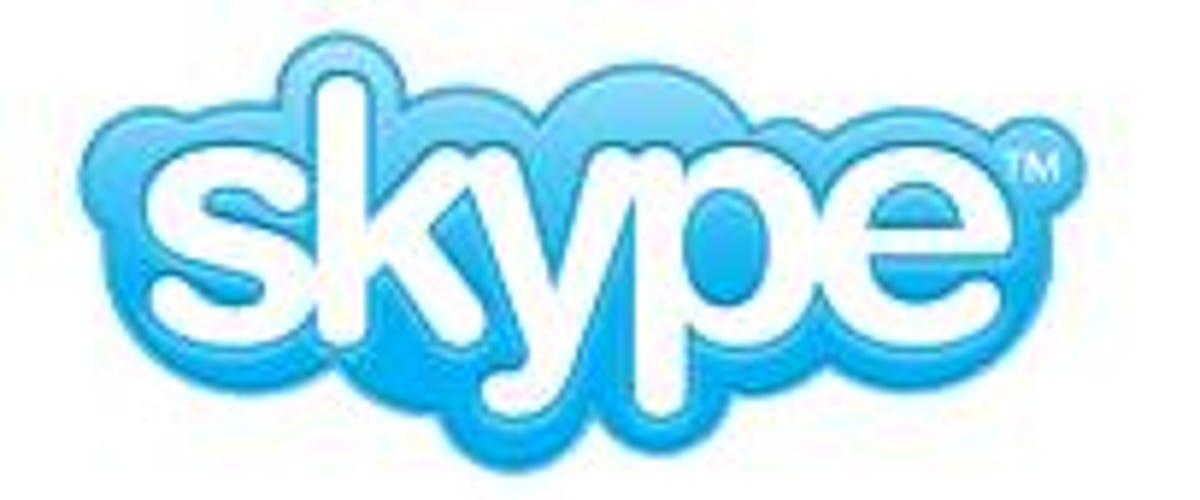Internet telephony giant Skype plans to raise as much as $100 million in an initial public offering.

The company said Monday that it has filed an S-1 statement with the Securities and Exchange Commission. After the IPO, Skype will trade on the Nasdaq Global Market. Goldman Sachs, J.P. Morgan, and Morgan Stanley are among the banks handling the IPO. Neither a price range nor a date for the IPO have yet been set.
The potential for a Skype public offering has been talked about for a long time. In late 2009, movement in that direction came when online auction giant eBay, which had acquired Skype in 2006, sold off its controlling interest in Skype.
Luxembourg-based Skype offers a software-based communications service that allows people to make free voice and video calls over the Internet to other Skype users using almost any Internet-connected device. The voice over Internet Protocol, or VoIP service also allows people to make and receive calls from regular telephone numbers using a paid service.
The company has been around since 2003 and has 124 million connected users. The company claims that users placed 95 billion calling minutes over Skype in the first half of 2010.
Since separating from eBay, Skype has seen its business blossom. The company has grown registered and active users. It’s also seen an uptick in revenue. And for the first time in a long time, it has turned a profit.
In the first six months of 2010, Skype reported revenue of $406 million, and net income of $13.2 million. Compare this to all of 2009. Then Skype had sales of $719 million and a loss of $99 million. Skype said in its filing that it expects revenue to increase through new deals it has struck with Verizon Wireless and television makers, such as Samsung and LG.
But even with new deals in the works, Skype’s revenue stream is still predominately tied to one service: SkypeOut. This is the Skype service that allows users to call regular phone numbers from their Skype account. Considering that only 8.1 of its 124 million active users are actually paying customers using this service, the company’s revenue stream is somewhat precarious.
Skype acknowledged this in its risk section of the S-1 filing:
“[W]e have historically derived a substantial portion of our net revenues from a single product–SkypeOut. For the pro forma year ended December 31, 2009 and for the six months ended June 30, 2010, 86 percent and 87 percent of our pro forma net revenues and net revenues, respectively, were derived from the use of SkypeOut. Due to this dependence on SkypeOut as our primary source of net revenues, we are subject to an elevated risk of reduced demand for our SkypeOut product.”
In addition to converting more of its free customers to paying customer, Skype also plans to develop new monetization models. Specifically, the company is looking into embedding advertising into its services.
“Our users made over 152 billion minutes of Skype-to-Skype calls in the 12 months ended June 30, 2010,” the company said in its SEC filing. “We believe this represents a meaningful opportunity to increase our revenue from alternative monetization models, including advertising, gaming and virtual gifts.”
Update 12:31 p.m. PDT: This story was updated with more information from the company’s S-1 SEC filing.



